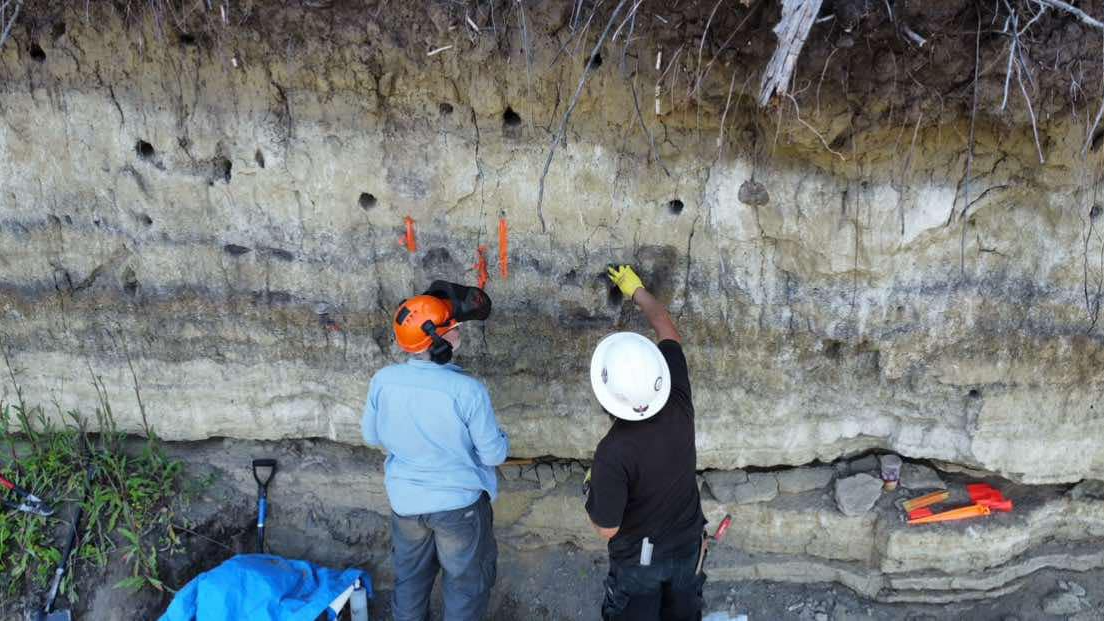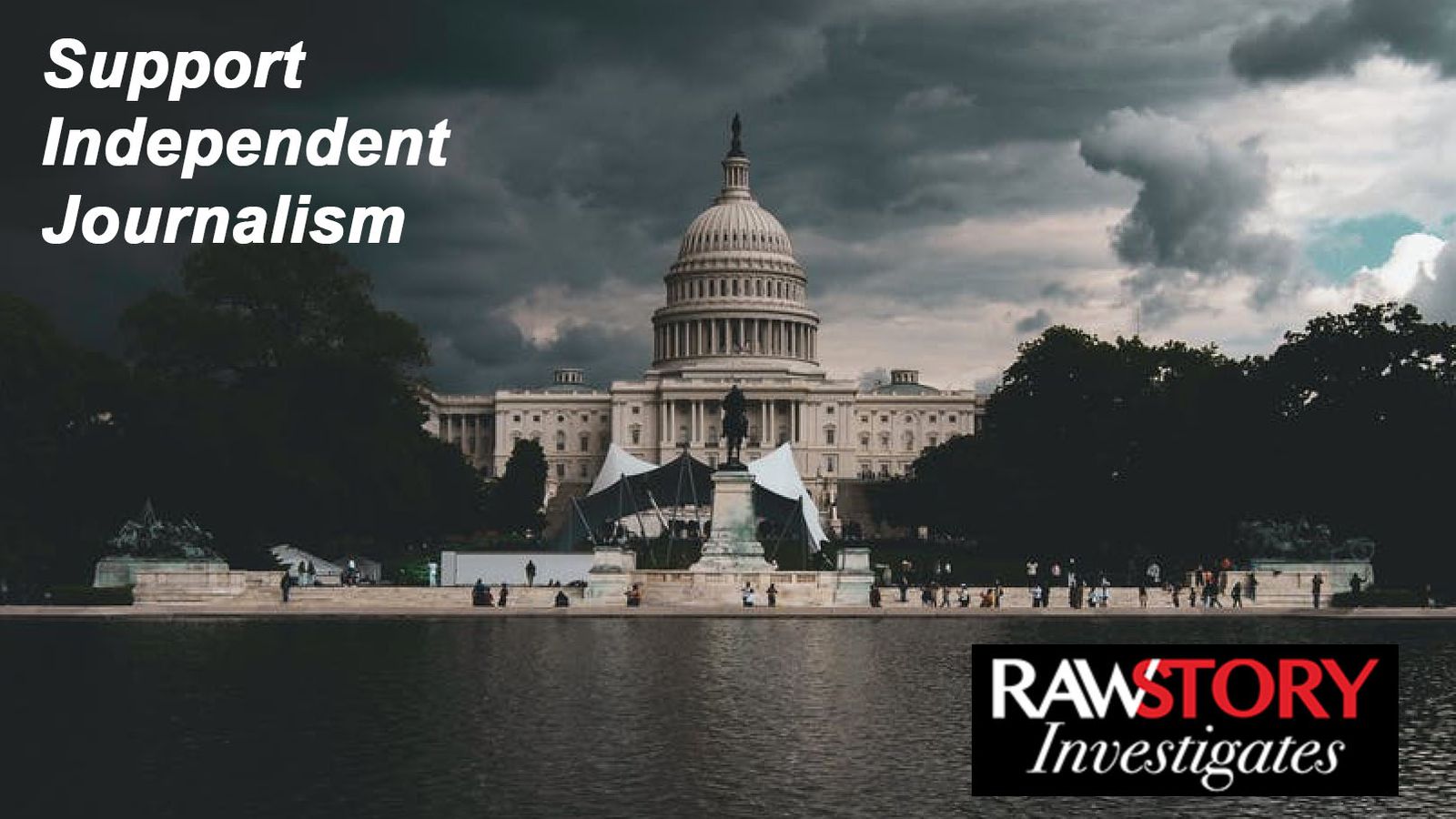The MTA chief declined to share ideas Thursday on how to plug the agency’s $35-billion budget hole, but suggestions from outside groups include taxing deliveries in the Big Apple.
MTA Chairman and CEO Janno Leiber spoke to lawmakers in Albany to defend the agency’s $68 billion five-year capital plan which won’t come to fruition without a massive package of new fees and taxes that officials have shied away from discussing publicly.
But he said it was the legislature and Gov. Kathy Hochul’s responsibility to figure out where the money would come from.
“They control the purse strings,” Leiber told reporters after a joint budget hearing on transportation Thursday. “We’re just trying to be helpful to them that there are options that may be available to them other than, you know, new revenue streams.”
The MTA’s 2025-2029 Capital Plan aims to repair the transit system’s outdated infrastructure with work including purchasing new cars, updating the outdated signal system so trains run more reliably and starting the Interborough Express to link Brooklyn and Queens.
Leiber acknowledged he’s having behind-the-scenes talks about ways to fund the plan but he declined to give specifics about what is on the table. Critics have expected any new fees or taxes to be negotiated behind closed doors as part of the state budget negotiations between Hochul and legislative leaders.
Assemblymember Claire Valdez (D-Queens) pointed the finger back at Lieber for refusing to provide detailed input on budget ideas during his testimony.
“I think that would be helpful so we can all see the details and make sure that we’re allocating resources most effectively. But these are all moving targets, and we need input from all sides,” Valdez said.
State Sen. John Liu (D-Queens) called out Hochul for failing to put forth her own plan six weeks after the Capital Plan Review Board unexpectedly rejected the MTA’s capital plan on Christmas Eve citing a lack of concrete funding sources after the governor lowered the congestion pricing fee from $15 to $9.
“That’s not pretty,” Liu told The Post.
The Democratic lawmaker predicted corporate taxes would ultimately fill the gap.
Without funding specificsfrom the MTA or Albany, a subway rider group is inviting lawmakers to “take their pick” from dozens of ideas for how the state could fund the MTA’s massive budget shortfall — outlined in a new report.
“Our report clearly shows there is no shortage of viable options for funding the 2025-29 MTA Capital Plan, if the Governor and Legislature put their collective heads together to come up with and realize them,” said Lisa Daglian, executive director of the Permanent Citizens Advisory Committee.
There’s no indication lawmakers or Hochul would consider adopting any of the ideas, which combined could net more than $68.4 billion, the group contents. The actual amount of revenue the MTA needs from Albany could be smaller than the $35 billion funding gap if the state defers some of the amount by issuing bonds to borrow for a portion of the work.
Some of the more fringe ideas to fill the funding gap could have New Yorkers paying a $0.01 fee on every mile traveled by a vehicle in New York state.
The state could force a $0.25 fee on online packages delivered in New York City, the group suggested in a longshot proposal.
Another longshot said lawmakers could decide to levy a $0.01 per ounce tax on sugar-sweetened beverages.
Pricing half of the on-street spaces in New York City would net the MTA an average of $5.50 per day per spot netting $3 billion before bonds, according to the report.
The ideas that would net the MTA the most money include adding a progressive income tax on single persons making more than $300,000 or married couples making $450,000. That could net $12-18 billion before bonds, the report said.
Raising capital gains taxes between 7-17% depending on income tier could net $7 billion before bonds, according to the group.
PCAC also suggested increasing the Payroll Mobility Tax for New York City businesses —an idea also eyed by Hochul.
“Of course, not all funding sources are created equally, and how the revenue raisers affect those least and most able to afford them must be weighed. Regardless of their choice, the Governor and Legislature must find a way to fully fund the plan without delay, or risk subjecting riders to an increasingly unreliable system,” Daglian warned.
Another subway rider group, Riders Alliance, didn’t propose any particular funding sources but urged the state to fully fund the plan in its operating budget.
“While every funding stream has its pluses and minuses, what matters most to millions of transit riders and tens of thousands of workers fixing the subway is that the money is green,” a spokesperson from Riders Alliance told The Post. “Governor Hochul and legislative leaders must adopt a budget that keeps New York on track toward a transit system that every New Yorker can access for a fast and reliable commute.”















